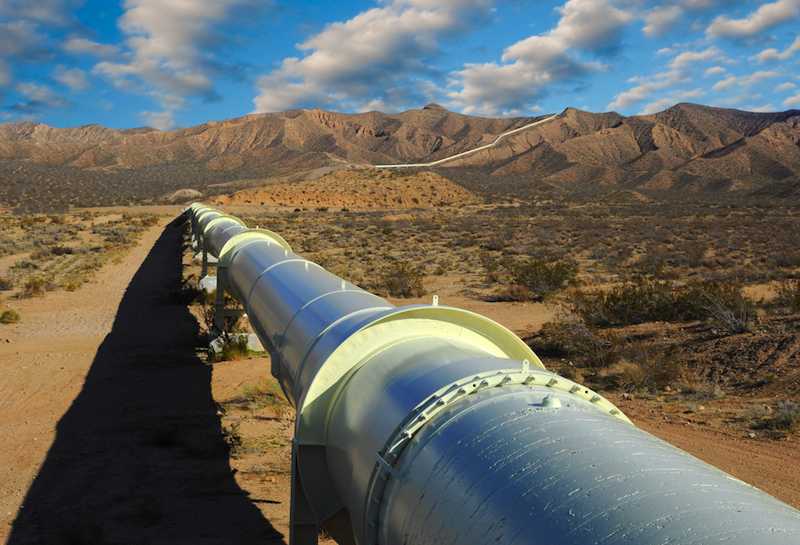The Keystone XL Pipeline: A Briefing
We’ve all heard about the Keystone XL pipeline in the Obama-Romney debates, and maybe a little bit in the political news, but generally the American public doesn’t know enough about it, despite it being a major issue in the world of politics.
The Keystone is a 2,148 mile complex of oil pipelines financed by TransCanada running from oil-rich sands in Alberta, Canada, to Patoka, Illinois, and Nederland, Texas. It transports 435,000 barrels of crude oil per day, at a minimum, and provides thousands of jobs. A possible addition, or the Keystone XL, will go from Alberta to Steele City, Nebraska, meeting up with the old pipeline and bringing even more oil to the Gulf Coast refineries.
This $7 billion project is expected to be another 1,700 miles, carrying up to 830,000 barrels of oil and creating over 42,000 temporary jobs, boosting the economy substantially while lowering American dependence on oil-rich countries such as Venezuela or Saudi Arabia. 65 percent of all U.S. citizens support the pipeline, and just under two-thirds of Congress.
So why is it a problem? Environmentalists and liberals, including Democratic frontrunners Hillary Clinton and Bernie Sanders, claim that such a pipeline could cause serious health and environmental problems. The pipeline would generate huge carbon emissions equivalent to that of 40 million cars each year, most of the oil will be exported overseas, could lead to global warming, cause air pollution, and only end up with 35 permanent jobs, post-construction. In 2013, dozens of prominent environmental scientists signed an open letter opposing the pipeline, huge rallies have been held multiple times since then against it, and President Obama vetoed the project three times, which Congress couldn’t turn over due to being just shy of a two-thirds majority. Still, the pipeline retains hope.
If the next president is a Republican, it is very likely the pipeline will be built. If the Republicans win an outright majority in the Senate, it is very likely the pipeline will be built. If all else fails, the oil will be transported by train, an even more dangerous method, or exported to other countries.
Polls show that most Americans want the pipeline to be built. According to people-press.org, 84% of Republicans, 61% of independents, and 49% of Democrats support construction of the XL. Demographics are working in favor of the Keystone project, too. Polls show the pipeline has strong support amongst women and high-income families, and huge majorities in the South and Mideast United States.
The Keystone XL pipeline is a very important and controversial issue in society today. Neither political party is willing to back off, and it may escalate into a bigger problem at the next proposal, possibly resulting in a government shutdown. Will America make up its mind? We’ll have to wait to find out.


